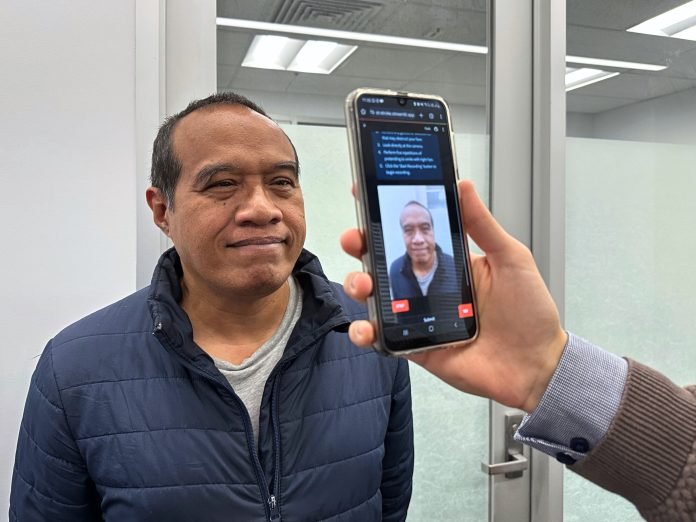
A new smartphone tool could help paramedics identify strokes in seconds, much faster and more accurately than current methods.
This development could save countless lives and reduce long-term disability caused by strokes.
Strokes, which impact millions worldwide, occur when blood flow to part of the brain is interrupted or reduced, depriving brain tissue of oxygen and nutrients.
Even a few minutes’ delay can cause permanent brain damage.
Biomedical engineers at RMIT University developed this AI-powered tool, publishing their findings in Computer Methods and Programs in Biomedicine.
The research was led by Ph.D. scholar Guilherme Camargo de Oliveira from RMIT and São Paulo State University, under the guidance of Professor Dinesh Kumar.
“Early detection of stroke is crucial. Quick treatment can greatly improve recovery, lower the risk of long-term disability, and save lives,” said Kumar from RMIT’s School of Engineering.
“We’ve created a simple smartphone tool that paramedics can use to instantly check if a patient has had a stroke and alert the hospital before the ambulance leaves the scene.”
The smartphone tool, which is 82% accurate in detecting strokes, is not meant to replace full clinical tests but can help identify those needing urgent treatment faster. “Our tool’s success rate in detecting strokes is comparable to that of paramedics,” Kumar noted.
Strokes are often hard to recognize, with symptoms including confusion, loss of movement control, speech problems, and reduced facial expressions.
“Nearly 13% of strokes are missed in emergency rooms and community hospitals, and 65% of patients without a documented neurological exam experience undiagnosed strokes,” Kumar explained.
Signs of stroke can be subtle, and it’s even harder for first responders working with people of different races or genders. “Given that many strokes happen at home and initial care is often given in less-than-ideal conditions, there is a pressing need for real-time, user-friendly diagnostic tools,” he added.
The new tool uses facial expression recognition technology to detect strokes by analyzing facial symmetry and specific muscle movements. The Facial Action Coding System (FACS), developed in the 1970s, categorizes facial movements based on muscle contractions, providing a detailed framework for analysis.
“One key indicator of a stroke is that facial muscles typically become unilateral, causing one side of the face to act differently from the other,” de Oliveira said. “Our AI and image processing tools detect changes in smile symmetry, which is crucial for stroke detection.”
The team tested their tool with video recordings of 14 stroke survivors and 11 healthy individuals. Next, they plan to develop the tool into an app in collaboration with healthcare providers to detect other neurological conditions affecting facial expressions.
“We aim to make our AI tool as sensitive and specific as possible,” Kumar said. “Partnering with healthcare providers will be essential to integrate this app into emergency response protocols, giving paramedics an effective tool for early stroke detection.”
The researchers partnered with São Paulo State University in Brazil for this project.
If you care about stroke, please read studies that diets high in flavonoids could help reduce stroke risk, and MIND diet could slow down cognitive decline after stroke.
For more health information, please see recent studies about antioxidants that could help reduce the risk of dementia, and tea and coffee may help lower your risk of stroke, dementia.



